The name's SFF-8639, but my friends call me U.2
The final means of connecting a PCI-E storage device to a host is a connector that has been adopted from the enterprise space and was previously referred to as SFF-8639, but has recently been renamed to U.2 (with no relation to Bono, thankfully). It is this connector that the 2.5in version of the Intel SSD 750 Series uses.The device-side connector looks very similar to a SATA or SATA Express drive and indeed backwards compatibility is maintained. However, the key upgrade is support for up to four lanes of PCI-E 3.0, whereas SATA Express is limited to two. Given we already have 2.5in devices with PCI-E 3.0 x4 connectivity, it's not hard to see SATA Express as a mere stepping stone and U.2 as what it should have been all along and the standard most likely to take off.
As with SATA and SATA Express, connectivity will be achieved via a cable for most users, although backplane/plug-and-play support is there too, and just like SATA Express the cable has its own power input, meaning devices are far less power limited than M.2. On the motherboard side, however, things look very different, as U.2 is adopting the SFF-8643 or mini-SAS HD connector, which has been slightly modified for PCI-E connectivity. You don't need to worry about this, however. In the consumer space, both connectors will be referred to as U.2.

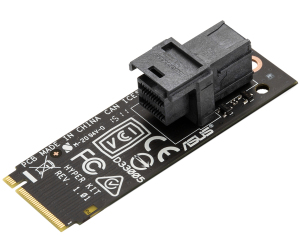
Click to enlarge - The Asus Maximus VIII Impact's onboard U.2 port (left) and the Asus Hyper Kit M.2 to U.2 adaptor (right)
Very few motherboards currently offer onboard U.2 support – the Asus Maximus VIII Impact and Maximus VIII Extreme do, however. The Asus Sabertooth X99 also has U.2 support via the Asus Hyper Kit which converts an M.2 slot into a U.2 connection. MSI, Gigabyte and ASRock all offer similar M.2 to U.2 adaptors as well.
One last thing to note is that the 2.5in SSD 750 is a 15mm tall drive, which is more than twice as thick as a standard 2.5in SATA SSD (7mm). As such, these new drives may have compatibility issues with certain dedicated 2.5in drive bays if 15mm becomes a standard for them.

MSI MPG Velox 100R Chassis Review
October 14 2021 | 15:04



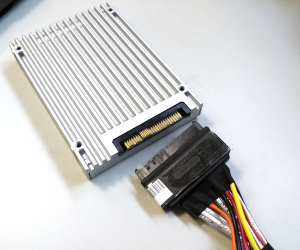

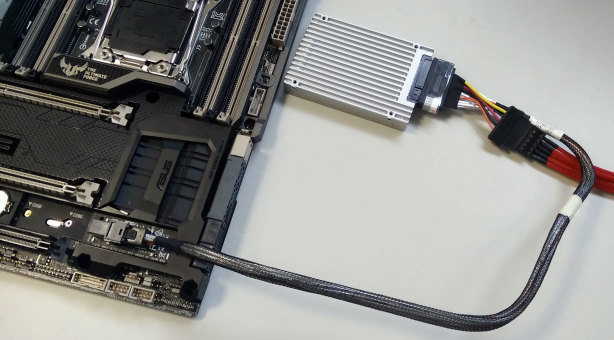
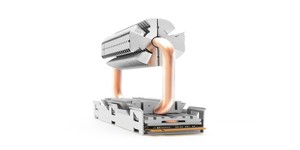
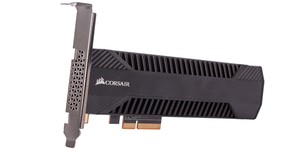





Want to comment? Please log in.